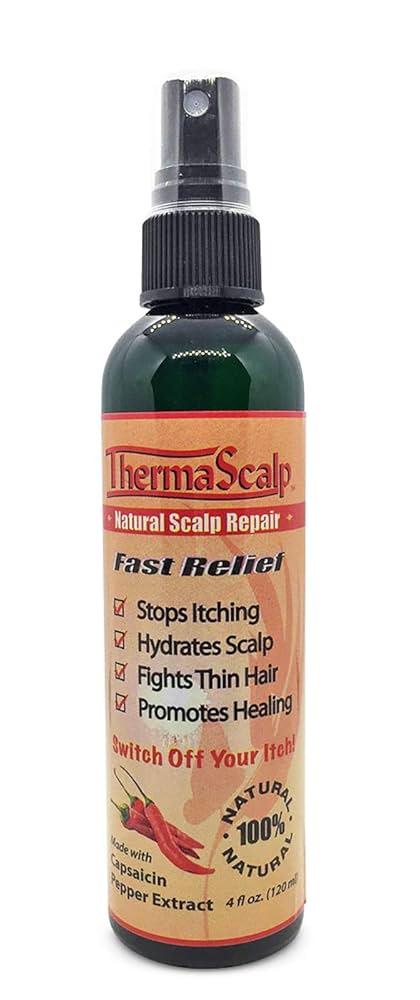Table of Contents
- Understanding Capsaicin Chemistry and Its Role in Pepper Spray Effectiveness
- Health and Safety Considerations When Using Capsaicin-Based Pepper Spray
- Proper Storage and Handling Techniques to Maintain Capsaicin Potency
- Best Practices for Choosing and Applying Pepper Spray for Personal Defense
- To Wrap It Up
Understanding Capsaicin Chemistry and Its Role in Pepper Spray Effectiveness
At the heart of pepper spray’s effectiveness lies capsaicin, a naturally occurring compound found in chili peppers responsible for their intense heat. Chemically, capsaicin is an alkaloid that binds to the transient receptor potential vanilloid 1 (TRPV1) receptors in nerve cells, triggering a sensation of burning pain. This molecular interaction results in a potent inflammatory response, causing temporary blindness, airway irritation, and intense discomfort when sprayed into the eyes or respiratory system. Its lipophilic nature allows capsaicin to penetrate the skin and mucous membranes quickly, making it an ideal active ingredient for non-lethal defense tools.
The potency of pepper spray is largely determined by several factors related to capsaicin:
- Concentration: Higher percentages of oleoresin capsicum (OC), the oily resin containing capsaicin, increase the spray’s incapacitating effects.
- Particle Size: Smaller droplets ensure wider dispersion and more immediate contact with the target’s mucous membranes.
- Purity: Refined extracts focus the capsaicin content, improving the consistency and reliability of the spray.
Health and Safety Considerations When Using Capsaicin-Based Pepper Spray
When handling capsaicin-based pepper spray, awareness of its potent effects is paramount to ensuring personal safety and avoiding unintended harm. The active ingredient, capsaicin, is an irritant that can cause severe discomfort not only to assailants but also to users if mishandled. Always wear protective eyewear and avoid direct inhalation during use. Consider practicing with inert training sprays to gain familiarity with deployment mechanics without exposure to the chemical agent. Store your pepper spray in a cool, dry place to maintain its efficacy and prevent accidental discharge from high temperatures or physical damage.
Key safety practices include:
- Avoid spraying indoors to prevent contaminating confined spaces with lingering irritants.
- Keep the spray out of reach of children and pets to prevent accidental exposure.
- Wash hands thoroughly after handling to remove any residual capsaicin, which can cause irritation if transferred to sensitive areas.
- Be mindful of wind direction to minimize blowback during use, as capsaicin particles can cause intense reactions upon contact with skin and mucous membranes.
Proper Storage and Handling Techniques to Maintain Capsaicin Potency
To ensure capsaicin retains its fiery intensity, it’s essential to protect it from environmental factors that can degrade its potency over time. Exposure to heat, light, and air can accelerate the breakdown of capsaicin molecules, diminishing their effectiveness. Store your pepper spray or capsaicin-infused products in a cool, dark place away from direct sunlight and extreme temperatures. Utilizing airtight containers or original packaging helps to limit oxygen exposure, which is another culprit in reducing the chemical’s virulence.
Additionally, proper handling plays a crucial role in preserving capsaicin strength. Always avoid shaking or agitating the container vigorously, as this can cause premature degradation of the oil. When applying or testing pepper sprays, aim for controlled, brief bursts instead of prolonged spraying to conserve the compound. Wear protective gloves and eyewear during handling to prevent contamination and safeguard yourself from accidental irritation. By adopting these simple yet effective storage and handling habits, you’ll maintain the full power and reliability of your capsaicin-based defenses.
Best Practices for Choosing and Applying Pepper Spray for Personal Defense
When selecting pepper spray, it’s crucial to prioritize quality and potency to ensure effective personal defense. Opt for sprays with a higher concentration of capsaicin, typically measured in Scoville Heat Units (SHU), as this fiery compound determines the spray’s incapacitating power. Equally important is the spray’s range and spray pattern-choose a model that offers a balanced combination of distance and spread to maximize your chances of hitting an attacker while maintaining your safety. Compact and easy-to-carry formats are ideal for daily use, allowing you to respond swiftly without fumbling.
Applying pepper spray confidently requires understanding both the environment and your body mechanics. Always aim for the eyes, nose, or mouth to trigger immediate discomfort and incapacitation. It’s wise to practice deploying the spray in a safe setting to familiarize yourself with the grip, trigger pressure, and spray pattern, ensuring rapid and accurate use under stress. Remember these key tips:
- Stay upwind to avoid self-contamination.
- Maintain steady hand control to prevent accidental discharge.
- Deploy a short burst rather than a continuous spray to conserve contents.
To Wrap It Up
In the world of self-defense, few substances rival capsaicin’s potency and effectiveness. As the active ingredient powering pepper spray, capsaicin harnesses the natural fiery force of chili peppers to provide a non-lethal yet highly impactful means of protection. Understanding the science behind this compound not only highlights its impressive capabilities but also underscores the careful balance needed to wield it responsibly. Whether you’re intrigued by its biochemical properties or considering practical safety tools, capsaicin remains a remarkable testament to nature’s power channeled for personal security. Stay informed, stay safe, and respect the fiery force that is capsaicin.Check Our Other Blogs
- StunGun – Your Trusted Source for Stun Guns, Laws, and Self-Defense Tips
- PepperSprayLaws – Your Trusted Resource for Pepper Spray Information
- StunGunLaws – Your Trusted Guide to Stun Gun Legality and Safety




